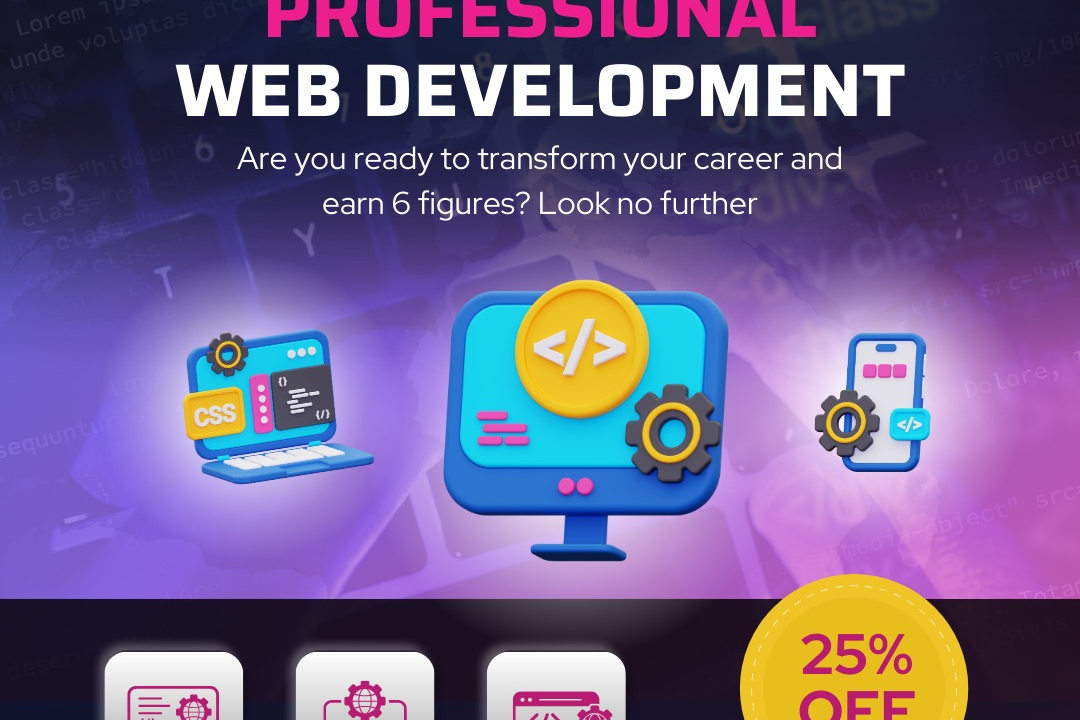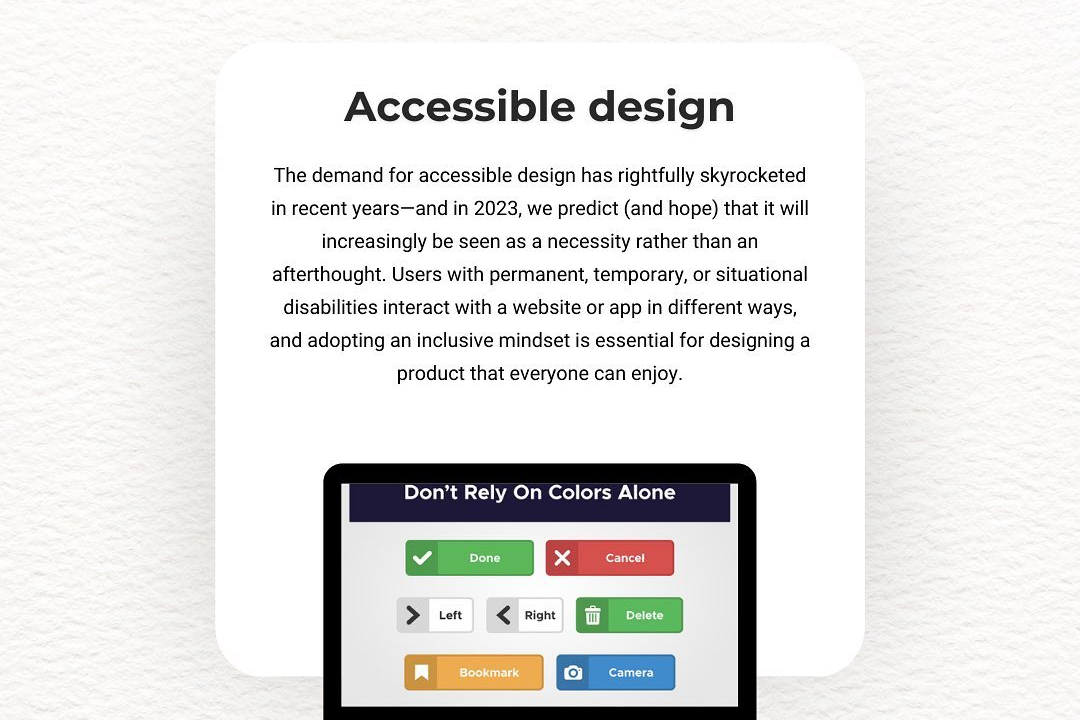Helloworld Program Php Download
The PHP Hello World program download is a fundamental example used to demonstrate how to write and e
Helloworld Program Php Download
The PHP Hello World program download is a valuable resource for beginners to quickly set up and understand their PHP environment. It provides a simple, ready-to-run script that displays “Hello World,” allowing users to verify their server configuration and PHP installation. This foundational example helps learners grasp basic PHP syntax and ensures their development environment is correctly configured before diving into more complex projects, making it an essential starting point in learning PHP programming.
To Download Our Brochure: https://www.justacademy.co/download-brochure-for-free
Message us for more information: +91 9987184296
The PHP Hello World program download is a valuable resource for beginners to quickly set up and understand their PHP environment. It provides a simple, ready to run script that displays “Hello World,” allowing users to verify their server configuration and PHP installation. This foundational example helps learners grasp basic PHP syntax and ensures their development environment is correctly configured before diving into more complex projects, making it an essential starting point in learning PHP programming.
Course Overview
The ‘HelloWorld Program PHP Download’ course offers a quick, hands-on introduction to PHP programming by guiding learners through creating and executing a simple Hello World script. It covers basic PHP syntax, setup, and running PHP files, providing a foundational understanding essential for beginners to start their PHP development journey confidently.
Course Description
The ‘HelloWorld Program PHP Download’ course provides a concise introduction to PHP programming by guiding learners through creating, downloading, and running a simple Hello World script, establishing foundational skills for beginners to start coding in PHP effectively.
Key Features
1 - Comprehensive Tool Coverage: Provides hands-on training with a range of industry-standard testing tools, including Selenium, JIRA, LoadRunner, and TestRail.
2) Practical Exercises: Features real-world exercises and case studies to apply tools in various testing scenarios.
3) Interactive Learning: Includes interactive sessions with industry experts for personalized feedback and guidance.
4) Detailed Tutorials: Offers extensive tutorials and documentation on tool functionalities and best practices.
5) Advanced Techniques: Covers both fundamental and advanced techniques for using testing tools effectively.
6) Data Visualization: Integrates tools for visualizing test metrics and results, enhancing data interpretation and decision-making.
7) Tool Integration: Teaches how to integrate testing tools into the software development lifecycle for streamlined workflows.
8) Project-Based Learning: Focuses on project-based learning to build practical skills and create a portfolio of completed tasks.
9) Career Support: Provides resources and support for applying learned skills to real-world job scenarios, including resume building and interview preparation.
10) Up-to-Date Content: Ensures that course materials reflect the latest industry standards and tool updates.
Benefits of taking our course
Functional Tools
1 - Text Editors (e.g., Visual Studio Code, Sublime Text, PHPStorm): These are essential tools for writing and editing PHP code efficiently. Visual Studio Code offers a lightweight, customizable environment with syntax highlighting and extensions that enhance coding productivity. Sublime Text is known for its speed and simplicity, enabling quick code manipulation. PHPStorm, a professional PHP IDE, provides advanced debugging, code analysis, and integration features, making it ideal for students aiming for professional development. Using these editors, students can create, modify, and manage their PHP scripts with ease, while benefiting from tools like auto completion and error detection, which help in reducing coding errors and increasing learning engagement. They also support customization with plugins tailored for PHP development, encouraging learners to explore real world development environments. These editors often include version control integrations, enabling students to track changes, collaborate effectively, and practice industry standard workflows, thereby preparing them for professional web development projects. Additionally, these tools facilitate debugging, allowing students to identify issues in their code quickly, understand error messages better, and learn troubleshooting methods vital for maintaining and scaling web applications. Overall, a good text editor is foundational for providing a smooth, efficient, and enjoyable coding experience, fostering deeper understanding and confidence in PHP programming from the very first program.
2) Web Browsers (Google Chrome, Mozilla Firefox): Browsers act as the final platform where students can test and view their PHP scripts integrated within HTML pages. They support developer tools that allow inspection of elements, console debugging, and network analysis, essential for troubleshooting issues in real time.
3) PHP Runtime Environment: This includes the PHP interpreter installed locally on the student's computer. It is crucial for executing PHP scripts outside of a web server environment, allowing students to test PHP code directly on their devices.
4) Local Web Servers (XAMPP, WAMP, MAMP): These provide a pre configured environment combining Apache, MySQL, and PHP, enabling students to run PHP scripts within a server context. XAMPP is cross platform, supporting Windows, Linux, and macOS, making it accessible to learners regardless of their OS.
5) Command Line Interface (CLI): Students use terminal or command prompt to execute PHP scripts directly through command line commands. This tool helps understand server side script execution, troubleshoot runtime errors, and learn scripting basics beyond browser testing.
6) Version Control Systems (Git): Git supports tracking code changes, collaborative development, and version management. Teaching students version control early prepares them for code collaboration, code reviews, and maintaining project history efficiently.
7) Operating System Platforms (Windows, macOS, Linux): Understanding how these OS environments support PHP development and their integration with tools, editors, and server setups ensures learners can work comfortably across diverse setups.
8) FTP Clients (FileZilla, WinSCP): These are used for uploading PHP files to web hosting servers if deployment or live testing is necessary, teaching students how to manage remote files and understand server directory structures.
9) Learning Management Systems and Course Platforms: These provide resources, tutorials, assignment submissions, and instructor feedback, ensuring an organized and interactive learning experience.
10) Documentation Tools (Markdown, ReadMe files): Teachers encourage students to document their code and project progress systematically, which is vital for maintaining clarity and facilitating future project collaborations.
11 - Database Management Tools (phpMyAdmin, MySQL Workbench): These tools enable students to design, manage, and interact with databases essential for developing dynamic PHP applications that require data storage, retrieval, and manipulation.
12) Debugging Tools (Xdebug, PHP Debug Bar): Debuggers help identify and resolve errors within PHP scripts by providing detailed error messages, stack traces, and step by step execution, fostering deeper understanding of code flow and logic.
13) Front End Frameworks and Libraries (Bootstrap, jQuery): Although primarily front end tools, integrating these with PHP allows students to build responsive, visually appealing web pages while understanding the separation of concerns between client side and server side development.
14) Code Validation and Testing Tools (PHPUnit, CodeSniffer): These promote best practices by enabling automated testing and code quality checks, ensuring students learn to write reliable, maintainable code aligned with industry standards.
15) Cloud Hosting Platforms (Heroku, AWS, DigitalOcean): Exposure to deploying PHP applications on cloud platforms prepares students for real world deployment environments, scalability, and managing web applications in production.
16) Continuous Integration/Deployment Tools (Jenkins, GitLab CI): Introducing CI/CD pipelines teaches students automation in testing and deploying PHP applications, reflecting current industry workflows and practices.
17) Containerization Technologies (Docker): Docker allows students to create consistent development and production environments, reducing setup issues and teaching modern deployment methodologies.
18) Learning and Collaboration Platforms (GitHub, GitLab, Bitbucket): These platforms provide repositories for code sharing, collaboration, issue tracking, and project management, promoting teamwork skills and project versioning.
19) Security Testing Tools (OWASP ZAP, Nikto): Educating students about security vulnerabilities in PHP applications and how to identify, prevent, and mitigate common threats ensures they can develop secure web applications.
20) Online Coding Platforms and Sandboxes (Repl.it, Codeanywhere): Virtual environments facilitate practice, experimentation, and collaborative learning without complex setup, especially beneficial for remote or self paced courses.
21 - Performance Monitoring and Profiling Tools (XHProf, Tideways): These assist students in analyzing the efficiency of their PHP code and optimize application performance, an important aspect of professional development.
22) Learning Resources and Documentation (Official PHP Documentation, developer blogs, tutorials): Providing comprehensive reference materials supports self directed learning and deeper understanding of PHP features, syntax, and best practices.
23) Multimedia Tools for Tutorials and Recordings (OBS Studio, Camtasia): For creating high quality instructional videos or tutorials, enabling instructors and students to produce visual content that enhances the learning experience.
24) Cloud Storage Services (Dropbox, Google Drive): These services support backups, sharing project files, and collaborative work, ensuring students can access their resources anytime and from any device.
25) Certification and Badge Platforms (Credly, Acclaim): Recognized platforms to issue and display course completion certificates, motivating students and providing industry recognized proof of their skills.
Browse our course links : https://www.justacademy.co/all-courses
To Join our FREE DEMO Session:
This information is sourced from JustAcademy
Contact Info:
Roshan Chaturvedi
Message us on Whatsapp: +91 9987184296
Email id: info@justacademy.co












